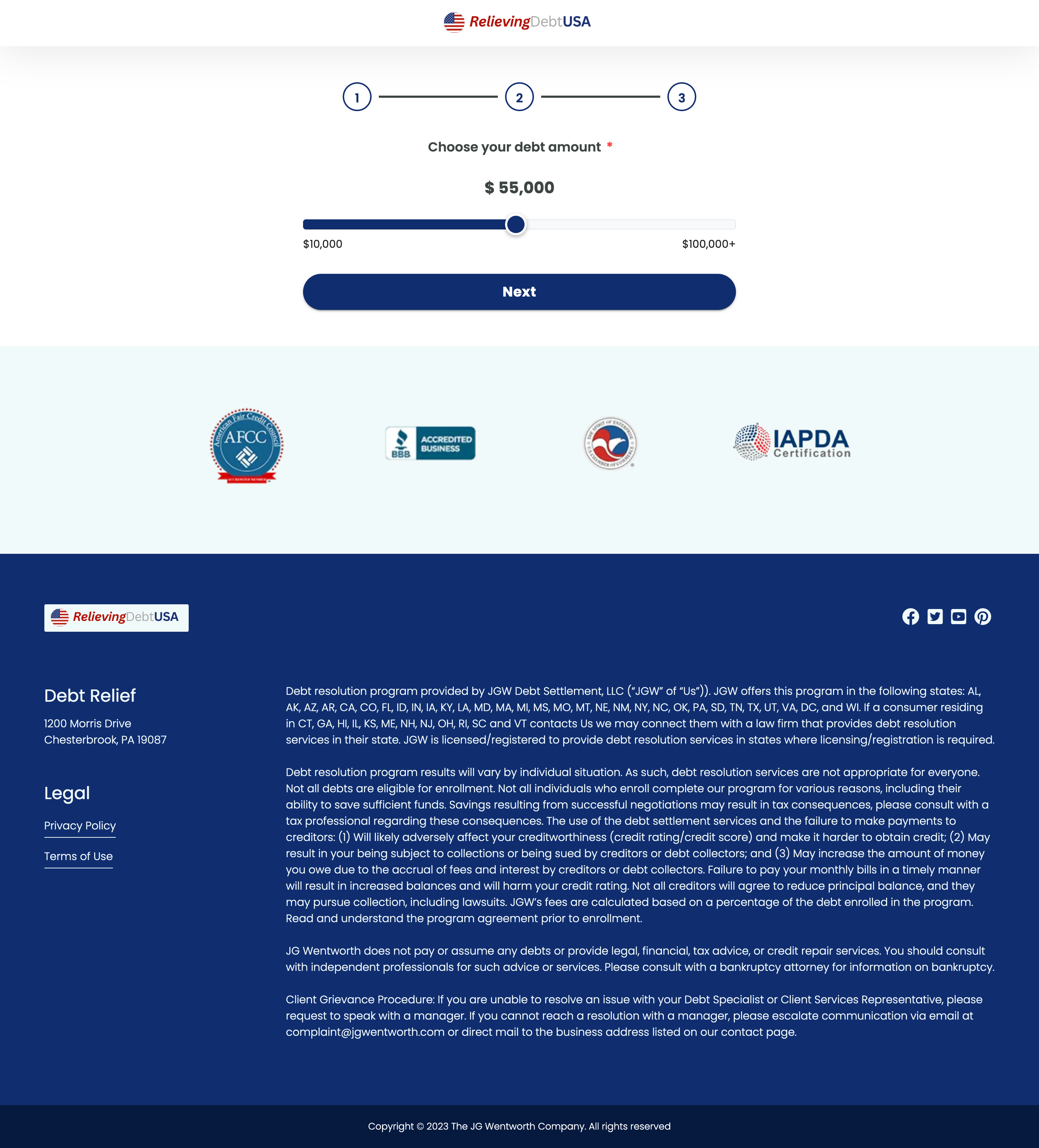How to Analyze PPC Conversion Funnels Using Landing Page Ripper
Table of Contents
- Introduction to PPC Conversion Funnels
- Importance of Landing Pages in PPC Campaigns
- Introduction to Landing Page Ripper
- Steps to Analyze PPC Conversion Funnels
- Step 1: Find Landing Pages
- Step 2: Use Landing Page Ripper Effectively
- Step 3: Evaluate Key Page Elements
- Step 4: Analyze User Journey
- Step 5: Iterate and Improve
- Conclusion
Introduction to PPC Conversion Funnels
Pay-per-click (PPC) advertising funnels represent the user journey from ad click to conversion. Optimizing this funnel involves understanding user behavior, motivations, and barriers to conversion, which can be revealed through detailed analysis of landing pages.
Importance of Landing Pages in PPC Campaigns
Landing pages are critical in PPC campaigns as they directly affect conversion rates. A well-designed landing page can turn a visitor into a customer, while a poorly designed one can lead to high bounce rates and low ROI.
Introduction to Landing Page Ripper
The Landing Page Ripper is an essential tool for marketers looking to capture and analyze landing pages in detail. This Chrome extension allows users to download entire landing pages, including HTML, CSS, and images, for offline analysis and testing.
Steps to Analyze PPC Conversion Funnels
Step 1: Find Landing Pages
Start by identifying the landing pages for your PPC campaigns. Use analytics tools to monitor which pages are receiving traffic from your ads. This step is crucial as it sets the stage for detailed analysis.
Step 2: Use Landing Page Ripper Effectively
Utilize the Landing Page Ripper to download your identified landing pages. This tool will allow you to view the page architecture, retrieve the source code, and inspect elements such as images, forms, and scripts.
Step 3: Evaluate Key Page Elements
Analyze the key elements of the landing page, such as headlines, calls to action (CTAs), and form placements. Look for alignment with the ad’s message and assess whether the page effectively conveys value propositions.
Step 4: Analyze User Journey
Consider the user’s journey through the landing page. Use analytics to track interaction hotspots and identify where users drop off. This insight can highlight usability issues or areas where content can be improved.
Step 5: Iterate and Improve
Based on your analysis, make necessary changes to improve user experience and conversion rates. Test different versions of landing pages to determine which variations perform best.
Conclusion
Analyzing PPC conversion funnels through systematic evaluation of landing pages is vital for campaign success. By leveraging tools like Landing Page Ripper, you can gain comprehensive insights into your landing pages, ultimately improving your PPC strategies. This tool not only allows for detailed analysis by capturing landing page content but also provides a seamless experience for marketers looking to enhance their landing page performance.









